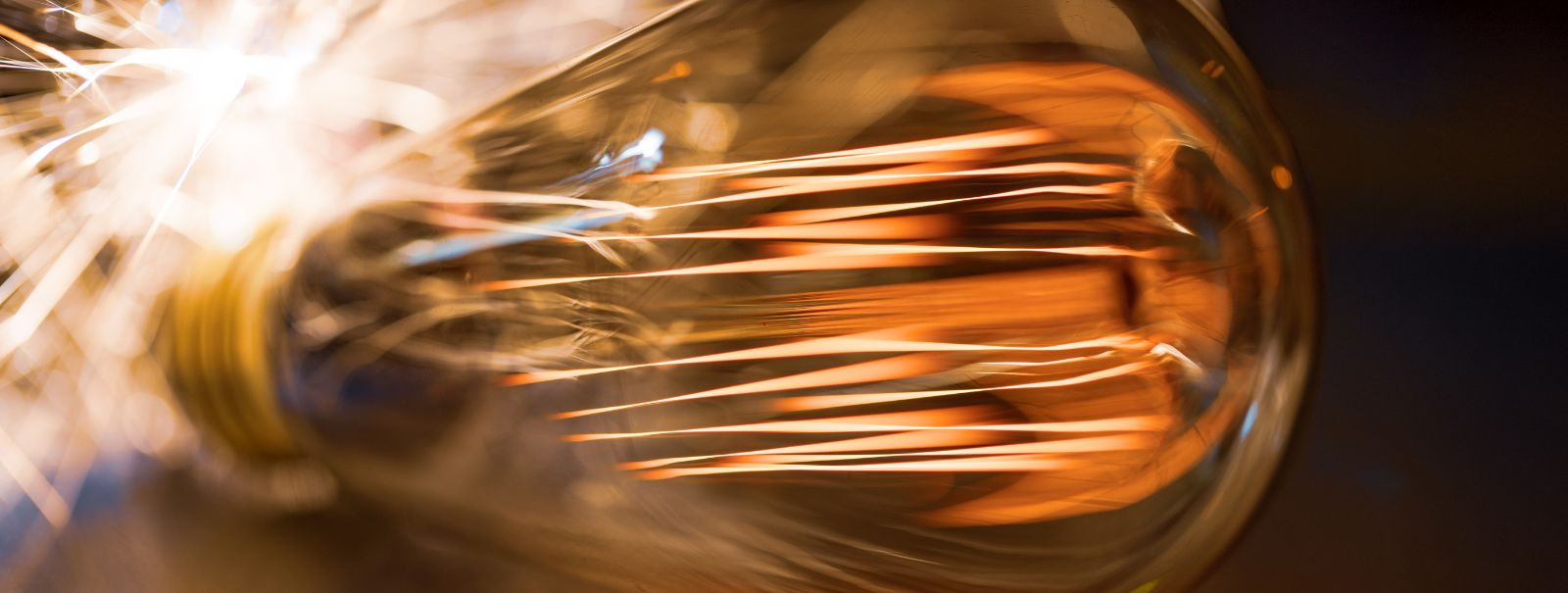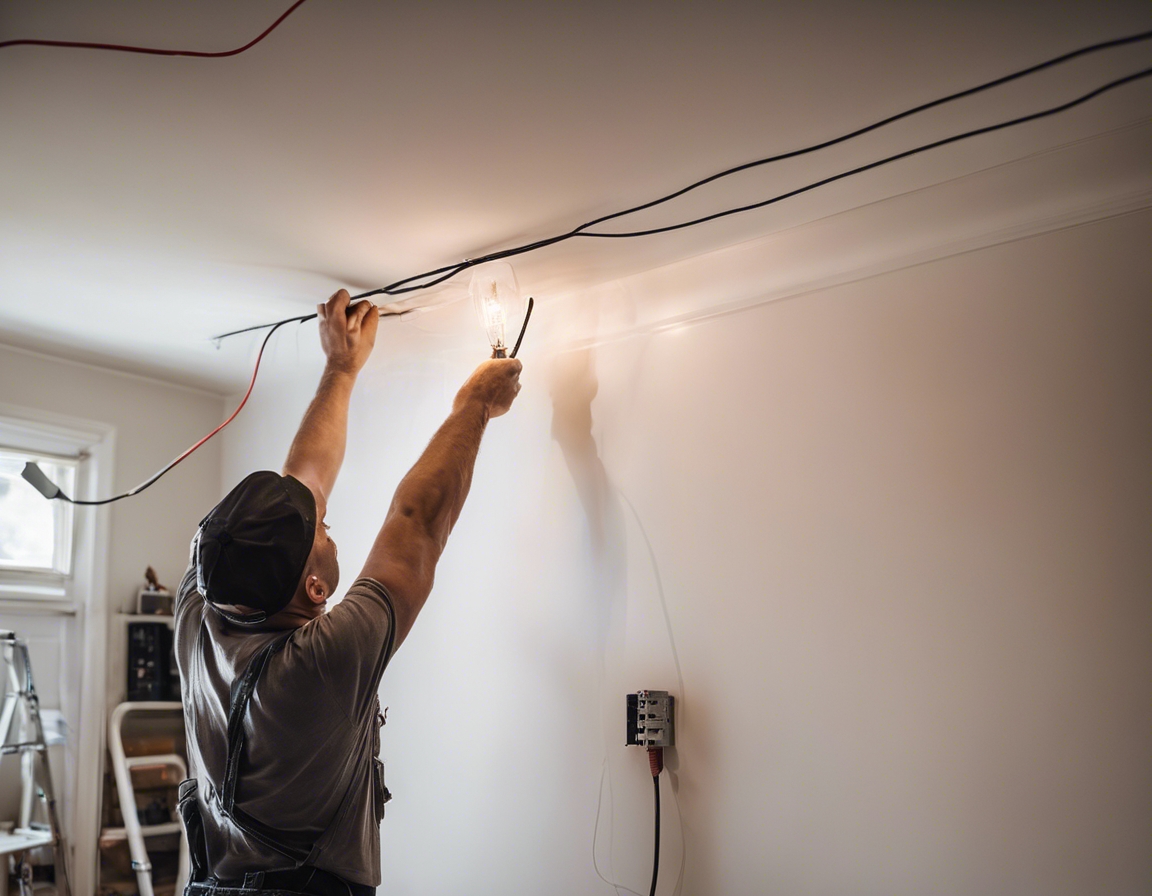How to choose the right lighting for your space
Lighting is more than just a functional aspect of our homes and businesses; it's a crucial element that affects our mood, productivity, and overall ambiance of a space. Choosing the right lighting can enhance the beauty of your space, make tasks easier, and even have health benefits by reducing eye strain and improving sleep patterns.
Before diving into the myriad of lighting options, it's essential to assess the specific needs of your space. Consider the activities that occur in each room, the natural light available, and the atmosphere you want to create. This initial assessment will guide your lighting choices and ensure that they serve both functional and aesthetic purposes.
Types of Lighting
Ambient lighting, also known as general lighting, is the foundation of a room's lighting plan. It provides a comfortable level of brightness without glare, allowing you to see and walk about safely. Options for ambient lighting include ceiling fixtures, chandeliers, and recessed lights.
Task lighting is intended to help you perform specific tasks such as reading, cooking, or working. This type of lighting should be free of distracting shadows and glare. Desk lamps, under-cabinet lighting, and pendant lights are common task lighting fixtures.
Accent lighting is used to highlight architectural features, artwork, or important objects within a space. It can create visual interest and draw the eye to areas you want to emphasize. Track lighting, wall-mounted fixtures, and spotlights are typical examples of accent lighting.
Lighting Considerations
The size and layout of your space will heavily influence the type and placement of lighting fixtures. Larger rooms may require multiple light sources to adequately illuminate the space, while smaller rooms might benefit from a single, well-placed ambient light source.
Color temperature is measured in Kelvins and refers to the warmth or coolness of a light source. Warmer lights tend to create a cozy, welcoming atmosphere, while cooler lights are better for concentration and alertness. Choosing the right color temperature can significantly affect the mood and functionality of a room.
With rising energy costs and a growing awareness of environmental impact, energy efficiency is a critical factor in choosing lighting. LED bulbs, for example, are more energy-efficient and have a longer lifespan than traditional incandescent bulbs, making them a cost-effective and sustainable choice.
Lighting controls such as dimmers, timers, and smart systems offer flexibility and control over the intensity and duration of your lighting. They can help save energy and allow you to adjust the lighting to suit different times of day or specific activities.
Choosing Fixtures and Bulbs
The style of lighting fixtures can complement your decor and contribute to the overall design of your space. From modern to traditional, the materials and design of lighting fixtures can add character and style to a room.
There are several types of bulbs available, including LED, CFL, halogen, and incandescent. Each has its benefits and ideal uses, from energy efficiency to color rendering. Understanding the differences will help you make an informed decision that meets your needs.
Proper installation is crucial for both safety and functionality. Depending on the complexity of the lighting fixtures, professional installation may be recommended to ensure that everything is set up correctly and safely.
Maintaining Your Lighting
Regular maintenance of your lighting fixtures can extend their lifespan and maintain their performance. Cleaning, checking for damaged wires, and replacing bulbs as needed are all part of proper lighting maintenance.
As technology advances, so do lighting options. Upgrading to more energy-efficient bulbs or modern fixtures can refresh your space and reduce energy consumption. Consider updating your lighting to keep up with the latest trends and technologies.






Comments (0)